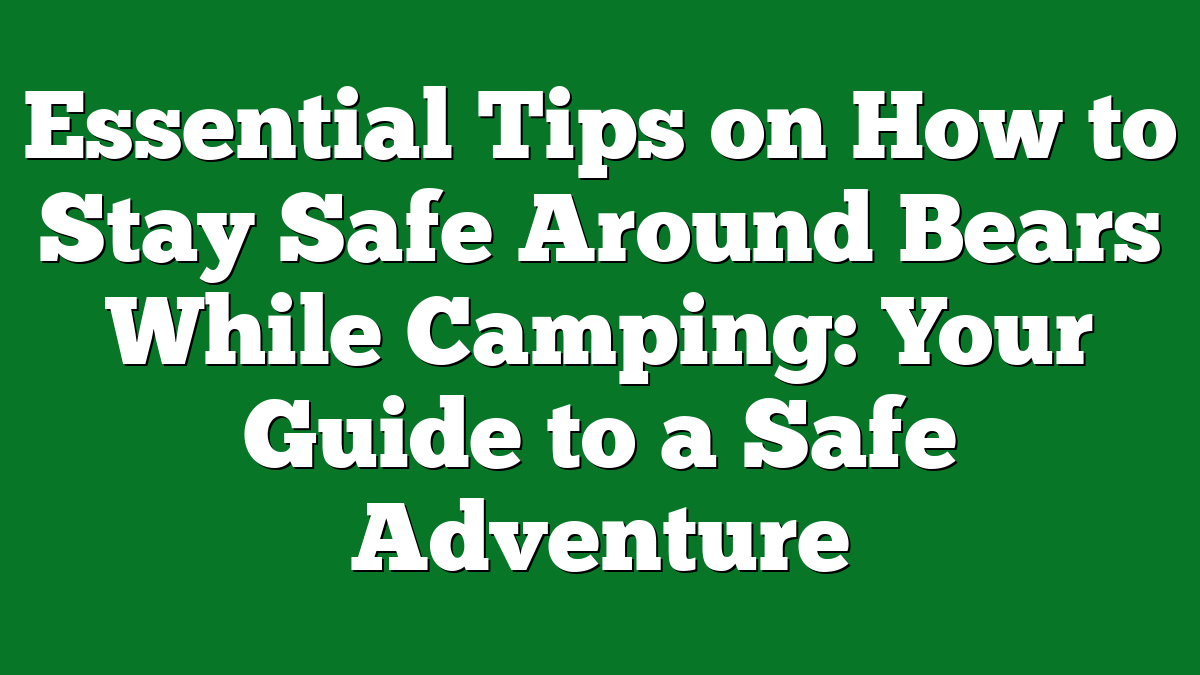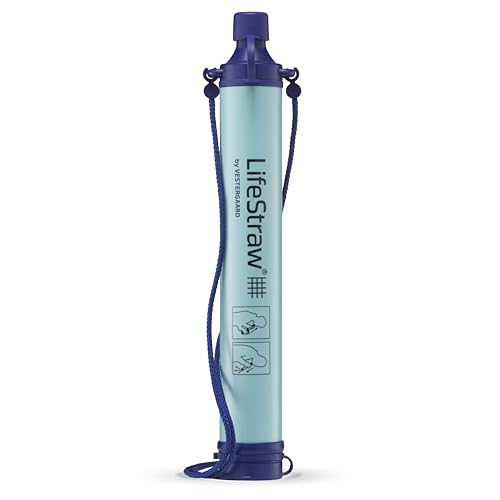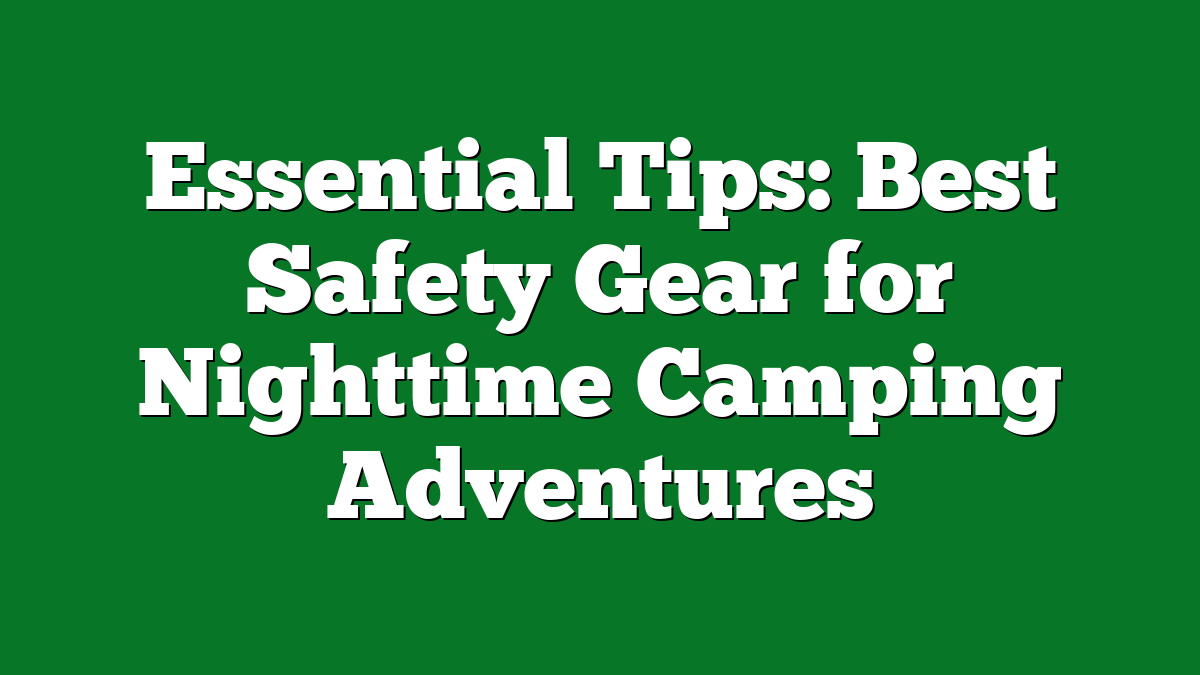Camping in the great outdoors is one of my favorite pastimes, but it comes with its own set of challenges—especially when it comes to wildlife. Bears are magnificent creatures, but their presence can turn a peaceful trip into a nerve-wracking experience if precautions aren’t taken. I’ve learned that understanding bear behavior and knowing how to stay safe can make all the difference between a memorable adventure and a dangerous encounter.
Understanding Bear Behavior
Knowing bear behavior enhances safety while camping in their habitats. Understanding how bears react can keep you out of dangerous situations.
Types of Bears You May Encounter
- Black Bears
Black bears inhabit forests across North America. They’re generally smaller and more timid than brown bears, typically weighing between 100 to 600 pounds. They can be curious but often avoid human interaction.
- Brown Bears
Brown bears, also known as grizzly bears, usually range from 300 to 1,500 pounds. They’re found in western North America and Alaska. Brown bears can be more aggressive, especially when protecting cubs or food sources.
- Polar Bears
Polar bears live in Arctic regions. They’re the largest bear species, weighing between 900 to 1,600 pounds. Polar bears are less likely to be encountered while camping, but they pose a significant risk in their territories.
Common Behaviors and Attitudes
- Curiosity
Bears are naturally curious creatures. They investigate new scents or sounds, which can lead to encounters with humans. It’s crucial to stay cautious if you notice a bear approaching.
- Food-Driven
Bears are highly motivated by food. They can travel miles for a meal. Never leave food unsecured, as it attracts bears and increases the risk of an encounter.
- Aggressiveness
Mothers with cubs exhibit extra caution. They’ll fiercely protect their young if they feel threatened. It’s vital to give them space and avoid cornering them.
- Defensive Behavior
If a bear feels threatened, it may display defensive behaviors, such as huffing, jaw popping, or bluff charging. Recognizing these signs can help you respond appropriately and avoid escalation.
Understanding these aspects of bear behavior is essential for a safe camping experience. With this knowledge, you can enjoy the beauty of nature while minimizing risks.
Preparing for Your Camping Trip
I firmly believe that preparation is key for a successful camping trip, especially when it comes to safety around bears. Having the right plan and gear not only enhances the experience but also minimizes risks.
Choosing a Safe Campsite
Choose a campsite away from dense vegetation and berry patches. Bears often frequent these areas for food. Instead, look for open, well-lit spaces that provide visibility. Set up camp at least 200 feet from water sources and trails to reduce the chances of an encounter. If possible, select a spot that’s already established; these areas tend to be less appealing to wildlife.
Packing Bear-Resistant Gear
Pack robust bear-resistant gear to keep your food and scented items secure. Invest in a bear canister or use bear-proof bags, designed specifically to thwart bears’ attempts to access food. Store food 10 to 15 feet above the ground in a tree or keep it in a bear box if available at your campsite. Don’t forget to pack items like a first-aid kit, bear spray, and a whistle for additional safety measures. Properly managing food odors also plays a significant role in keeping bears at bay, so avoid bringing heavily scented items when possible.
Knowing Safety Protocols
Staying safe around bears requires knowledge and preparation. Knowing how to recognize signs of bear activity and handling encounters effectively makes a difference between a thrilling adventure and a dangerous situation.
Recognizing Bear Signs
Identifying bear signs ensures I understand their presence in the area. Look for distinct clues, such as:
- Tracks: Bear prints display a large paw shape with five toes. Black bears show smaller, rounded tracks, while brown bears have larger, wider paw prints.
- Scat: Bear droppings indicate their diet, containing undigested berries, seeds, and fur. Size and contents can help distinguish between species.
- Scratch Marks: Bears scratch trees to mark territory or remove their claws. Look for vertical, deep scratches at least three feet off the ground.
- Food Sources: Berry patches or campsite remains signal bear activity. Stay vigilant around water and forest edges, where bears commonly seek food.
Recognizing these signs helps me gauge bear activity and adjust my camping strategies to enhance safety.
What To Do If You Encounter a Bear
Encountering a bear might be a surprise, but knowing how to react can prevent escalation. Follow these guidelines:
- Stay Calm: Panic can provoke a bear. I take deep breaths and assess the situation.
- Back Away Slowly: I avoid direct eye contact and back away while facing the bear. No sudden movements; I remain quiet.
- Make Noise: If the bear approaches, I make loud noises to establish my presence. Yelling or clapping can deter a curious bear.
- Use Bear Spray: I carry bear spray in an accessible place. If a bear charges, I aim for the face and spray when the bear is within 30 feet.
- Play Dead: If a bear makes contact, laying flat on my stomach and covering my neck can protect me. For brown bears, I stay still; for black bears, I fight back.
By keeping calm and following these steps, I can enhance my safety and enjoy the wonders of nature without excessive worry.
Food and Waste Management
Managing food and waste effectively is key to staying safe around bears while camping. Properly storing food and disposing of waste minimizes the chance of attracting bears.
Proper Food Storage Techniques
I always store my food in bear-resistant containers or bear cans. These durable containers prevent bears from getting inside. If I need to use bags, I opt for heavy-duty, bear-proof bags and hang them from a tree at least 10 feet high and 4 feet away from the trunk. Leaving food in tents is a big mistake, as even curious bears can coax open zippers or tear through fabric. I also keep my cooking gear, coolers, and any items with strong scents in the same bear-proof containers or away from the campsite. Finally, I make sure to pack only the food I need, which helps limit odors that might attract bears.
Waste Disposal Guidelines
Disposing of waste properly also plays a vital role in bear safety. I always pack out all trash, including food wrappers, broken gear, and leftover food. If I’m in a location without trash bins, I use sealed bags to keep waste contained until I can properly dispose of it. When it comes to my biodegradable waste, I look for established restroom facilities or dig a hole at least 200 feet from water sources and trails. I follow Leave No Trace principles to ensure that my campsite remains clean and uninviting to bears. Taking these steps keeps my camping area safe for me and minimizes the risk of attracting unwanted wildlife.
Conclusion
Camping in bear country can be an incredible adventure if you take the right precautions. By understanding bear behavior and implementing safety measures I’ve shared, you can enjoy the beauty of nature while keeping yourself safe.
It’s all about being prepared and respecting wildlife. Remember to choose your campsite wisely and manage food and waste properly. If you do encounter a bear, staying calm and knowing how to react can make all the difference.
With these tips in mind, I hope you feel more confident heading into the great outdoors. Happy camping and stay safe out there!











